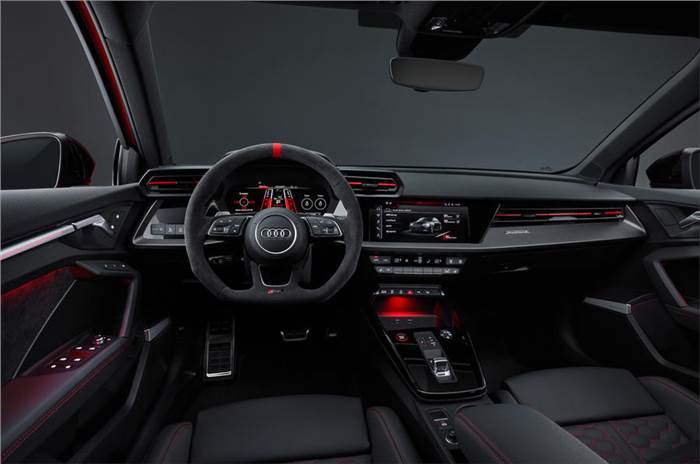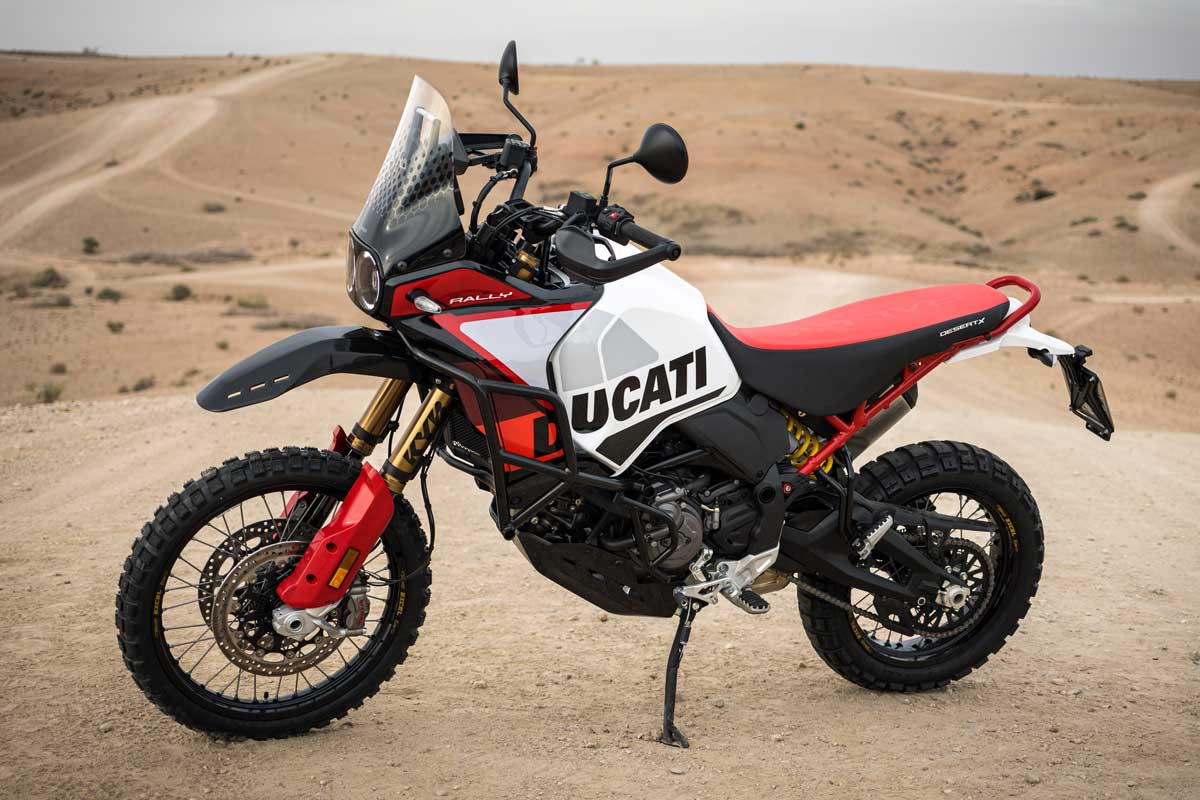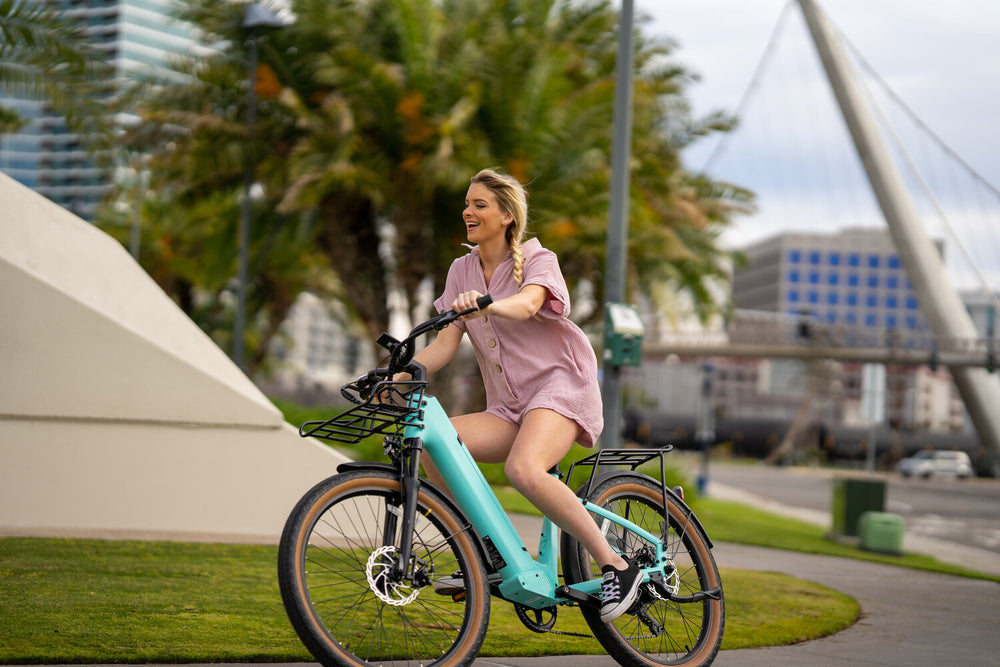Electric bikes, or e-bikes, have surged in popularity as a versatile and eco-friendly mode of transportation. Whether you’re looking to commute to work, explore trails, or simply enjoy a leisurely ride, e-bikes offer a convenient and accessible option. However, with various models, features, and specifications available, understanding the basics before making your first purchase is crucial. In this article, we’ll dive into the essentials of e-bikes, covering everything from types and components to maintenance and safety. By the end, you’ll have a solid foundation to make an informed decision and embark on your e-biking journey with confidence.
Types of E-Bikes
E-bikes come in various styles, each designed for specific purposes and riding experiences. The three main categories are pedal-assist, throttle-on-demand, and speed pedelecs. Pedal-assist e-bikes provide power only when you pedal, making them ideal for a more traditional biking experience with a boost. Throttle-on-demand e-bikes allow you to engage the motor without pedaling, offering a more scooter-like ride. Speed pedelecs are high-performance e-bikes that can reach higher speeds, perfect for longer commutes or thrill-seekers. Understanding these types will help you choose the right e-bike for your needs and preferences.
Key Components to Consider
When selecting an e-bike, it’s essential to consider its key components, including the motor, battery, and the ebike frame. The motor determines the bike’s power and performance, with options ranging from hub motors to mid-drive motors. The battery dictates the range, so look for a capacity that suits your intended use. The ebike frame, typically made of aluminum or carbon fiber, impacts the bike’s weight and durability. Ensure the frame size and style align with your comfort and riding requirements. Other components to consider include the brakes, gears, and suspension, which affect the bike’s handling and safety.
Battery Life and Range
One of the most critical aspects of an e-bike is its battery life and range. The range, or how far you can ride on a single charge, depends on factors like the battery capacity, motor efficiency, rider weight, and terrain. Most e-bikes offer a range between 20 to 70 miles, but this can vary widely. To maximize your e-bike’s range, consider your typical riding distance, and choose a battery that exceeds your needs to avoid frequent recharging. Additionally, proper battery maintenance, such as regular charging and avoiding extreme temperatures, can extend its lifespan and performance.
Charging and Maintenance
Proper charging and maintenance are essential for keeping your e-bike in top condition. Charge the battery according to the manufacturer’s instructions, usually with the provided charger and within the recommended time frame. Regularly inspect your e-bike for any signs of wear or damage, especially on components like the brakes, tires, and chain. Keep it clean and lubricated, and store it in a dry, secure place. Adhering to a maintenance schedule and addressing issues promptly can prevent costly repairs and ensure your e-bike’s longevity and reliability.
Safety and Legal Considerations
Safety should be a top priority when riding an e-bike. Always wear a helmet and appropriate protective gear. Familiarize yourself with the local traffic laws and regulations regarding e-bikes, as they can vary by region. Some areas may require licensing, registration, or have specific age restrictions. Equip your e-bike with lights, reflectors, and a bell or horn for visibility and communication with other road users. Practicing safe riding habits, such as signaling turns and obeying traffic signals, will help you enjoy a secure and enjoyable e-biking experience.
Choosing the Right Size and Fit
Selecting the right size and fit is crucial for comfort and control on your e-bike. Most manufacturers provide size charts based on your height and inseam measurements. It’s essential to test ride different sizes to find the best fit, as the frame geometry can vary between models. A properly sized e-bike should allow you to reach the handlebars and pedals comfortably while maintaining an efficient riding posture. Adjusting the seat height and handlebar position can further enhance your comfort and riding experience.
Understanding Gears and Pedal Assist Levels
E-bikes typically come with multiple gears and pedal assist levels, allowing you to customize your riding experience. Gears help you navigate different terrains and inclines, while pedal assist levels determine the amount of motor assistance you receive while pedaling. Familiarize yourself with the gear shifting mechanism and experiment with different pedal assist settings to find the most comfortable and efficient combination for your rides.
Accessories and Customization
Personalizing your e-bike with accessories can enhance its functionality and convenience. Common accessories include racks for carrying cargo, fenders to protect against splashes, and locks for security. Other options might include a comfortable saddle, ergonomic grips, or a GPS device for navigation. Consider your specific needs and preferences when choosing accessories to make your e-biking experience more enjoyable and practical.
Test Riding and Research
Before making a purchase, test riding different e-bike models is invaluable. It allows you to experience how the bike handles, assess the comfort level, and compare features. Additionally, researching online reviews, forums, and user feedback can provide insights into the performance and reliability of various e-bikes. Taking the time to test ride and research will help you make a more informed decision and find the e-bike that best suits your needs.
Budget and Value for Money
E-bikes can vary significantly in price, so it’s important to set a budget and assess the value for money. While higher-priced models may offer advanced features and higher-quality components, there are also many affordable options that provide a great riding experience. Consider the long-term costs of maintenance and battery replacement when evaluating the overall value. Investing in a durable and reliable e-bike that meets your requirements can save you money in the long run.
Conclusion
Embarking on the journey of purchasing your first e-bike is an exciting venture that promises a new world of convenience, fun, and adventure. By understanding the basics, such as the different types of e-bikes, key components like the ebike frame, battery life, and safety considerations, you’ll be in a better place to make an informed decision. Remember to prioritize comfort, test ride various models, and consider your specific needs and budget. With the right e-bike, you’ll enjoy a healthier, more sustainable, and enjoyable mode of transportation that enhances your quality of life.















